“All that is important is this one moment in movement. Make the moment important, vital, and worth living. Do not let it slip away unnoticed and unused.”
– Martha Graham
“I move on! I put one foot – in front of the other. And then when i’m out there, all the way out there, I look up and see that every step has still just been me trying to find some way back.”
– Sena
Nothing ever ends.
THE survival OF WOLF STREET – the story of the recent past & the silent present
With the bean counters forecasting the rapid financial decline of Wolf Street there is a pressure that manifests in a number of ways for all within the company. For the corps, this pressure takes on shape as they look up and now notice an axe quivering above them, poised to fall on the weakest at the first, slightest misstep. For a few select Shakers, this fear manifests as they look down to find themselves walking a tightrope suspended a mile up, where the slightest breeze threatens a plummet into professional oblivion. For how could they be trusted to lead any other company if they couldn’t manage the one that was all but handed to them?
While some of the latter group have tried to hide behind the narratives of Covid or larger economic recession, the timeline of the bar graph that tracks the company’s general decline refutes these statements and exposes them as small and hollow excuses. The predicament they face is not so simple as a storm to be weathered but the potential beginning of a final ice age and to survive they are going to need to do nothing less than affect the atmosphere itself.
Financially, the game here has been seen a million times before: do more with less, cut costs while hyper-driving the generation of capital. So the political leaders play from their position, they cut those in the corps considered most unessential, they consider subletting space, they strategize with the board, they go out into dinners and events in the hopes of rainmaking. But while capital is the blood that runs through the veins of any good ol’ fashioned American institution, it is not necessarily its heart. That specific privilege is rather owed to its product.
Here now is the time to note that Wolf Street and dance companies at large embody a tragically rare kind of American institution, the non-profit. As Peter Drucker says in his book Managing the Non-Profit Organization: Principles and Practices, “The ‘non-profit’ institution neither supplies goods or services nor controls. Its ‘product’ is neither a pair of shoes nor an effective regulation. Its product is a changed human being. The non-profit institutions are human-change agents. Their ‘product’ is a cured patient, a child that learns, a young man or woman grown into a self-respecting adult; a changed human life altogether.” In other words, the heart responsible for pumping the blood of Wolf Street is the dance of it all and its resonance on the world around them. And so, it is the creative branch of the org chart, specifically its creative leadership at the top, that claims the lion’s share of responsibility for Wolf Street’s potential demise and is thus the facet that needs to take the largest corrective action.
So the creative leaders play from their own position the best they can. They strive to connect more with audiences, foster community relationships, put Wolf Street’s name back out into the world and have it carry meaning and a measure of weight again. If they are to survive, let alone live, they need to strive to be better.
THE STORY OF SEASON 1 – THE COMPETITION FOR PRINCIPAL
As the focus of the first season will be fundamentally centered on members of the corps, this political-financial aspect of the game to Wolf Street will be told in relative silence but shown loudly and consistently throughout. The pilot exemplifies this in a few ways, illustrating the tension through characters reconciling the aftermath of these fallen axes or by the witnessing of muted office conversations from afar. In future episodes, it will be portrayed in a number of other moments, sudden pop-ins and specific requests from Peter, Gabriel taking strangers on a tour of the space, cryptic warnings from Theo, and even the rolling of another head or two. But, most importantly for our first season, it will be shown in drastic structural overhauls that challenge our Movers, the most crucial of which will be the introduction of the coveted “Principal” title to the company and the ensuing competition it inspires.
Whether it will be an increased paycheck to stave off starvation for Bailey, a concretization of greatness for Quinn, or a proof of having triumphed over grief for Sena, attaining this title will promise a number of individualized rewards and motivate each of our relevant competitors to chase after it with every fiber of their being and every ounce of their spirit.
This arc, introduced in our fourth episode, will be the overarching competitive device that will both catalyze and unite, Sena, Quinn, and each of our core Movers throughout the remainder of the first season.
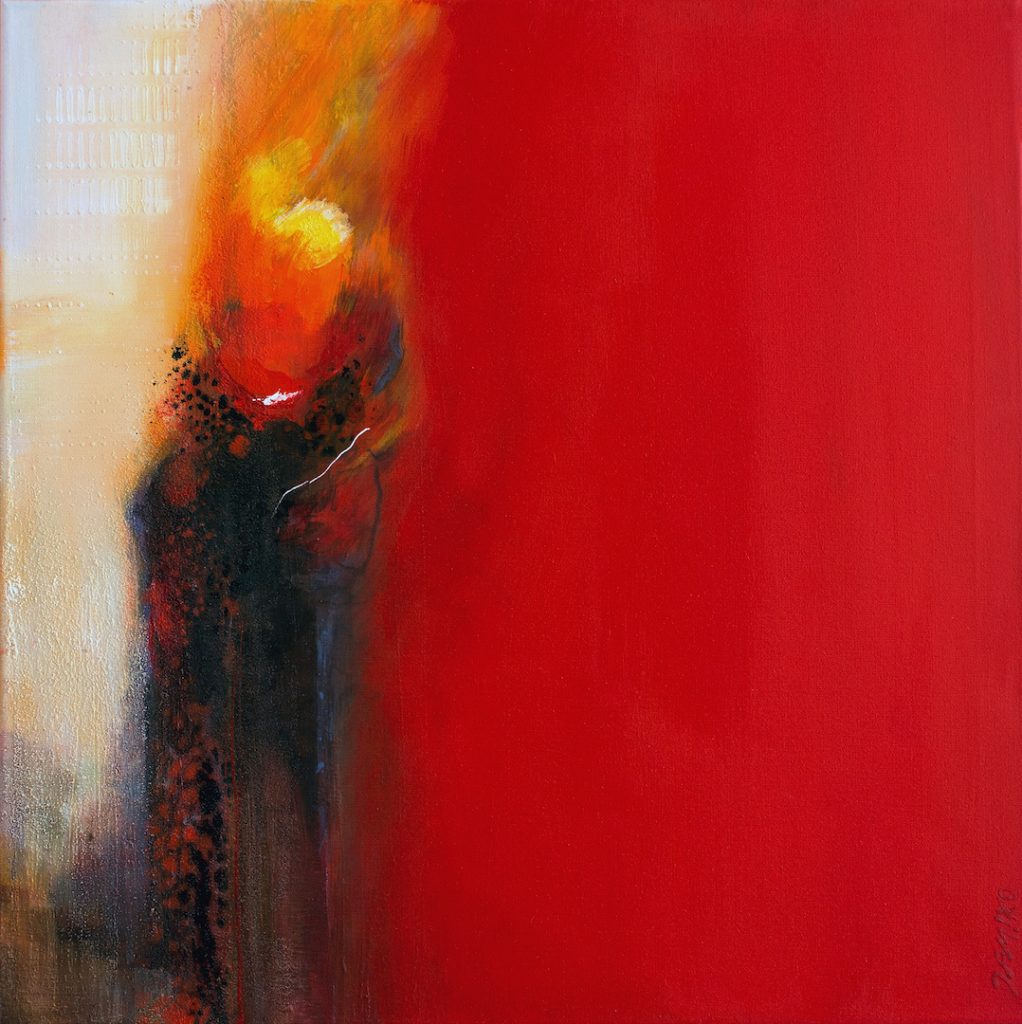
Season 1 – Winter to Spring
of State
of Bodies
of Fire
101 – What You Lose in the Fire…
Sena and Quinn compete for the favor of Wolf Street’s newest resident choreographer.
(Episode found in HEARTACHE)
102 – Trust Fall
A week after the events of the first episode, we discover that Sena has captured Lyra’s interest and has been cast alongside Andrea to perform an excerpt of one of Lyra’s pieces for the upcoming gala.
Quinn, stung by this defeat (although she won’t admit it), quietly vows to prove herself at the gala. And, while she attains a level of success with the piece that she is participating in, she worries that her potential is being stymied by her pas de deux partner, Bailey. After feeling overshadowed by a particularly successful performance from another pair involved in the piece, Matan and Ket, Quinn gets an idea and heads to the office area over a quick break.
Meanwhile, a specific section of the piece that requires Sena to be caught by Andrea is proving trouble for Sena and through a combination of ceaseless repetition, Lyra’s increasing frustration, and Andrea’s neutral demeanor, Sena snaps and walks out. We follow her to the other side of the door where she processes what she has done, collects herself, and walks back in. Although she was only gone for about fifteen seconds, we discover her understudy, Mia, has already replaced her and they continue working as if Sena was never there. Sena sits and watches in sullen silence.
After the break, Peter walks in to Quinn’s rehearsal and observes their progress. Matan and Flora perform very well with a notable misstep while Quinn and Bailey are middle-of-the-road. Vanita, the rehearsal director in charge of the piece, asks if Peter has any notes to which he offers only a minor one. Quinn blurts out, a “that’s it?!” which borders on the incredulous and tries to immediately play it off. Peter reaffirms that that was indeed it and leaves. Bailey gives her a curious look but says nothing.
The day ends and before Sena can leave with Mia and Andrea, Lyra holds her back. With the room cleared, Lyra confronts Sena on the earlier walkout and they discuss the importance of connection, the difference between dancing like no one’s watching and dancing like you’re alone, and Sena’s difficulties with the piece earlier. Lyra emphasizes her belief that, while rehearsals are happening, this room is the center of the world and leaving it is nothing less than death (at least, as it pertains to Sena’s role in the piece). She implores Sena to consider what it is that she wants, as this kind of situation and difficulty will undoubtedly occur again. Sena says she will stay but Lyra leaves her in the room, encouraging her to really think about it. Words are easy to say.
Deeper into the night and long after everyone else has left, Quinn and Bailey continue practicing (the former having managed to convince the latter to stay). However, after a slightly egregious misstep in one of their attempts, and a subsequent passive-aggressive remark from Quinn, Bailey begins to pack it in and calls it for the night. Quinn halfheartedly apologizes and tries to convince him to stay but Bailey remains firm. Seeing she can’t change his mind, Quinn doubles down and makes another passive-aggressive remark, causing Bailey to snap, He asks if she went to Peter earlier to try to get him to change the partners for the piece. Quinn, caught off guard, denies it and Bailey leaves, not believing her.
With Bailey now gone, Quinn stubbornly tries to continue practicing the piece on her own but after encountering a phrase where she is meant to be supported by another, she gives up. She exits the studio and finds that, while the company is generally abandoned for the night, there is one studio with the lights still on. Quinn opens its door to find Sena lying on the floor, just staring up at the ceiling. They again exchange nothing more than a weak pair of “hi’s” and the episode ends as Quinn shuts the door.
103 – Glitter’s Made of Plastic
The night of the winter gala comes and, at the venue, Peter and Gabriel encourage the corps to mingle with the crowd before and after their performances, stressing the importance of the open dance portion at the end of the night as the guests seem to love that aspect the most. The corps, fracture into its varying social circles, Bailey hangs out with Flora, Sena, Ket, and Louis while Quinn hangs out with Mia, Matan, and Vanita.
Mia, as the youngest and most new to the world of professional dance, inquires about the purpose of the gala. Vanita outlines its functions as a fundraiser and Quinn condenses her statement by offering up the fun fact that some of the earliest ballet companies were essentially nothing more than fronts for prostitution rings. Mia looks at her in horror and Matan protests but Quinn shrugs and semi-savagely states that whether you laugh about it or cry about it, above all you shouldn’t deny it. A reflective silence settles for a moment before Quinn gets caught in the glamour of the atmosphere and genuinely remarks about how much fun he has at these things. She takes a familiar rectangular gummy from a mint tin and offers the tin to her companions. Mia and Matan clam up, isn’t Vanita technically their boss? Vanita asks if they’re five milligrams or ten. Quinn indicates the latter, Vanita shrugs, and takes one. Mia hesitantly takes one as well.
On the other side of the room, the group discusses the power players that will attend, specifically mentioning Isa, a renowned choreographer with some pieces of repertoire that Wolf Street is likely pursuing. Louis wonders what she’s like and, when Ket mentions that Andrea was a former disciple of Isa, Louis immediately leaves the group and walks up to Andrea. From afar, we see them exchange a few words and Louis comes back. The group asks him what he learned, he shrugs and says Andrea told him to fuck off. Well, more specifically, she said “why would I tell you?” but he got the message. The group tries to console him but Louis looks at Andrea from afar and says he might love her. Sena looks at Quinn across the room, now laughing with a group of older people and for a moment, sees another flicker of a child Quinn. Bailey notices Sena staring but says nothing. The group’s conversation ends with the fact that, really, their only job is to perform well.
As the welcome hour passes and the crowd trickles in, Quinn weaves through the guests with a kind of effortless charm, wit, and grace. Whichever circle she joins she captivates, dominates, and discards as she moves onto the next.
Meanwhile, Sena is engaged in a group conversation with Ket, Louis, and a few guests. While she is generally passive and quiet within the discussion, she is surprised to discover that one of the guests, a distinctly charming woman, is flirting with her.
Across the room, Quinn finds herself in a circle that seems to be more of a lecture under the guise of polite conversation. One particular gentleman domineers the space, strongly espousing his beliefs on how one “should” approach the free-market. Quinn interrupts his diatribes with a number of questions that the person responds to with annoyance and a degree of condescension, dismissing her questions as that of a lowly and ignorant dancer. Seemingly unaware of the person’s tone, Quinn continues on and eventually cuts to the heart of it by asking a particular question that is not so much about the free-market as much as it is about the gentleman’s personal perspective on escapism and fear, the specificity of which disarms him. Then, as if smiling at a small, tragic inside joke of her own, she even defends his perspective, alluding to a kind of vague, supreme sadness that she believes to exist within people at large. A bell rings, cuing Quinn to prepare for her performance and she leaves the group. With a curious intrigue, an older woman in the group watches Quinn’s departure (in 107, we will discover this woman to be the infamous Isa).
About to go on, Quinn and Bailey say nothing to each other which makes Quinn prepare for the worst with their performance. They are announced, they step on stage and-
Are congratulated on giving a particularly excellent performance. Quinn is given no shortage of admiration and praise by a number of patrons and guests but, after witnessing Bailey celebrating with a larger group of the corps, she goes straight to the bar and starts drinking semi-aggressively.
Meanwhile, that larger group of the corps is interrupted as Robert comes to congratulate them and introduces Denise Draper. The group is stiff at first, mistaking her for a guest, but Denise quickly establishes that she is a dancer herself, having been a part of Wolf Street’s corps a few decades ago. The group embraces her and Vanita, too high, charmingly derails the tempo of the conversation. Sena notices Quinn, drink in hand, leaving to an outside area and follows her.
She finds Quinn, drinking alone, and talks to her, trying to reach some part of her. For the first time in the season they actually hash some things out with a degree of depth, revealing some aspects of their recent history but Quinn, an expert at running away, drains her drink and showcases that particular expertise once again. Before she physically leaves she bitterly notes how ridiculous it is that Sena is the one consoling her and not the other way around.
Quinn drains another drink, goes to the dance floor, and works herself into a frenzy. The world slowly fades around her as she enters the State to a degree not seen since Sena’s final performance in the pilot.
Now, in the same location but surrounded by a crowd of well-dressed mannequins, she breaks free from the dance floor and dances to the back halls of the venue, she walks into a supply closet and finds herself back in the dance hall. She looks back and the door is gone.
The music cuts, the sequence ends, and Quinn comes to. She finds herself in the center of a circle on the dance floor, being applauded by the surrounding crowd of well-dressed mannequins patrons and guests around her. Across the room, Quinn sees Sena caught up in a conversation with the woman who was flirting with her from earlier and views a flicker of the past, with Quinn herself replacing the woman. Right there on the dance floor, Quinn vomits and the episode ends.
104 – The Principal of the Thing
Preparing for the season’s opening, the corps reconcile the announcement and introduction of the “principal” title to Wolf Street. Through a series of conversations, Sena explores what it is she desires. Louis frightens Bailey, and Quinn, completely absent from this episode, is rumored to be placed on leave.
105 – Breathing Without Choking
After a mediocre winter season, Wolf Street hosts a workshop disguised as a retreat in order to put the corps’ feet to the fire. It spirals into something else as Theo and Lyra disagree on a matter of approach and someone’s absence is discovered to be the result of a firing. Andrea tries to hide an injury.
106 – Walk On, Girl!
A completely Quinn-centric episode focusing on an odyssey of barhops across a winter’s night that never seems to end. Bailey finds her and joins halfway through and they stay out until the sun comes up.
107 – Goddamn Grand Piano
Hat in hand, Quinn comes back to the company. Isa holds an unusual kind of audition for one of her pieces that Wolf Street will perform in the upcoming season. Andrea and Lyra experience a degree of regression as they fall into emotional habits developed from their time spent under Isa’s tutelage.
Ket encounters a somewhat brutal failure.
108 – Season of Fuck
Cast in Isa’s piece, Quinn bears the weight of her dominating tutelage alongside Andrea. Sena struggles with Lyra’s creative process as she creates her latest choreographic work for the upcoming season (inspired by the aforementioned regression of the previous episode). Flora and Louis challenge each other in a pas de deux.
109 – Rite of Spring
Lyra and Quinn have a conversation. The season opens and everyone leaves it on the dance floor.
110 – …You Find in the Ashes
Before the decision of who is to become Wolf Street’s first principal dancer is made, a select few finalists are asked to present a solo.
111 – You Hear That?
A wedding and a funeral.
Season 2 – Spring to Summer
of Institution
of Energy
of Earth
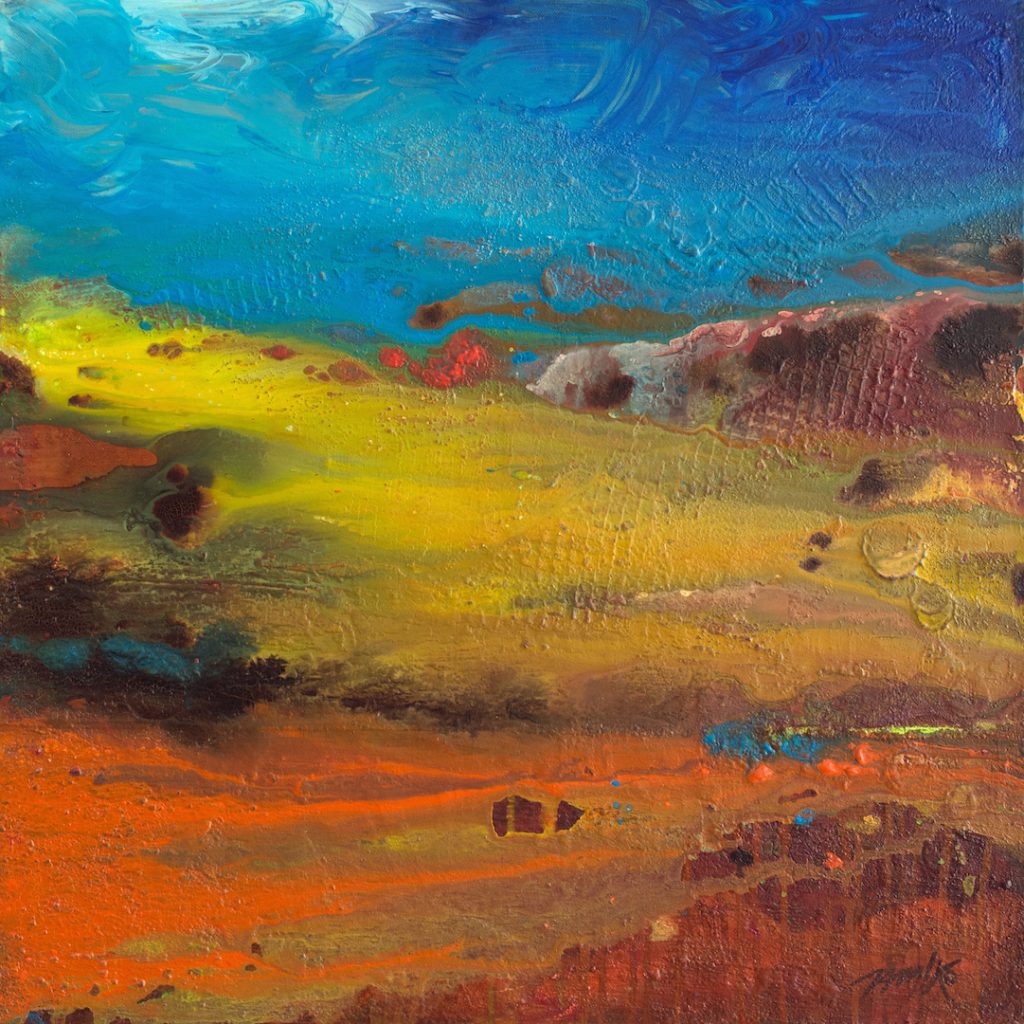
A year later, it is in the second season where the politic will now be called forth to center stage. The conversations we once witnessed from afar will now be held up close. What is being said within them, philosophical differences between Peter, Theo, Lyra, Robert, and the newly arrived players of Denise Draper and the board will be given arcs of their own (which will, of course, ALWAYS trickle back down to the Movers in many different ways).
The competition that will unite our characters in this season will be two-fold, taking the form of both an overarching dance festival debut and an underlying succession war. The process of the former, the casting, creation and execution, will be the battlefield that unites both. Here, the Shakers will either work with or, at times, against the Movers and vice-versa as they each act in accordance with their desires, agendas, and general beliefs of approach.
Once again, this competition will be intense and the meanings of victory or success will be contrasted against the core philosophies of each of our characters.
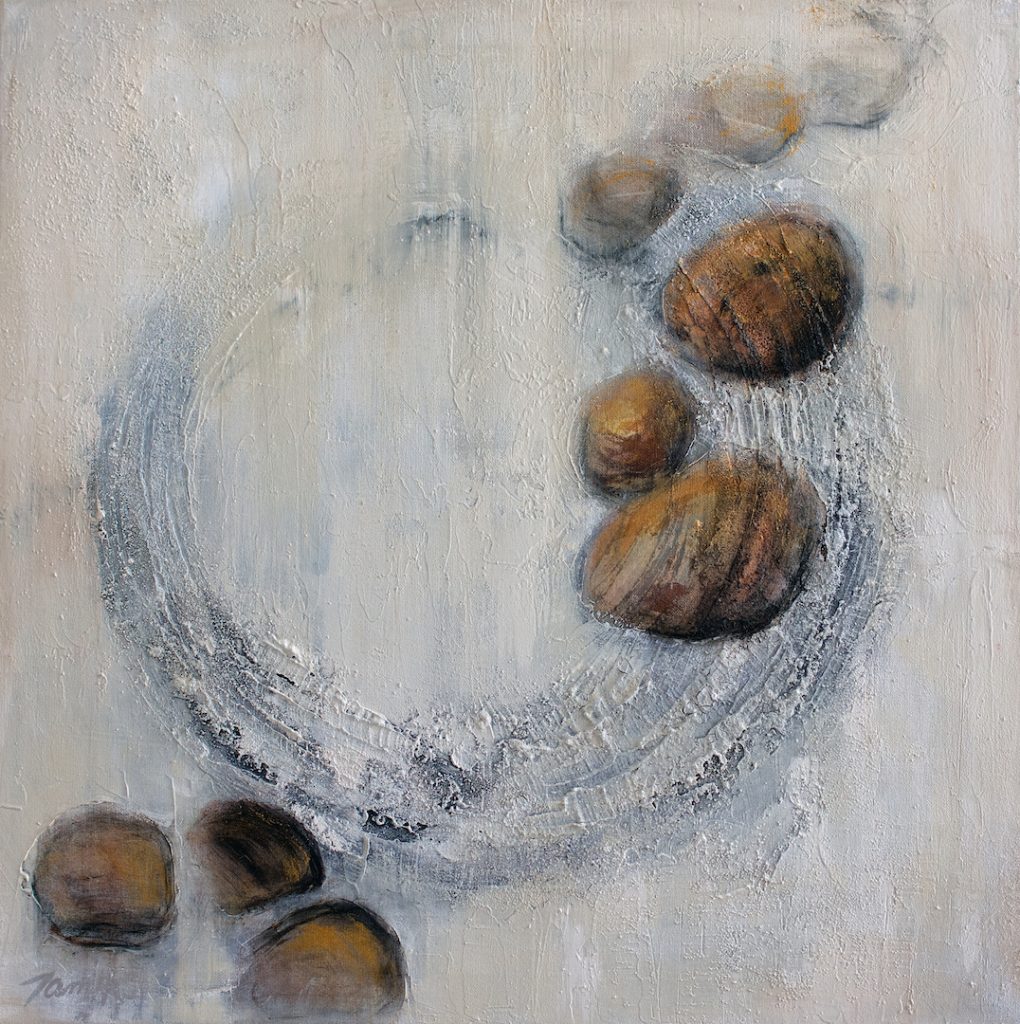
Season 3 – Summer to Fall
of Direction
of Action
of Metal
Reflecting and challenging all who we’ve followed up until this point, Motion’s third season will introduce a fresh batch of competitors through a newly formed B company to Wolf Street. This season of Motion will be one of rediscovery and rhythm, as each character attempts to not only navigate the nature of this sweeping change but strives to ultimately convert the energy of it’s chaos into something beautiful, lest they get swept away by this new wave of brash, youthful, and frighteningly talented spirits.
The competitive spine of this season will be centered around a choreography showcase that will offer a premiere slot in the upcoming season and a chance for residency with another renowned dance company. By the end, we will encounter a bitter-sweetness to growth as a few select character’s decide to depart Wolf Street, realizing that in order to pursue what it is they desire, some things must simply be left behind.
Season 4 – Fall to Winter
of Expansion
of Space
of Water
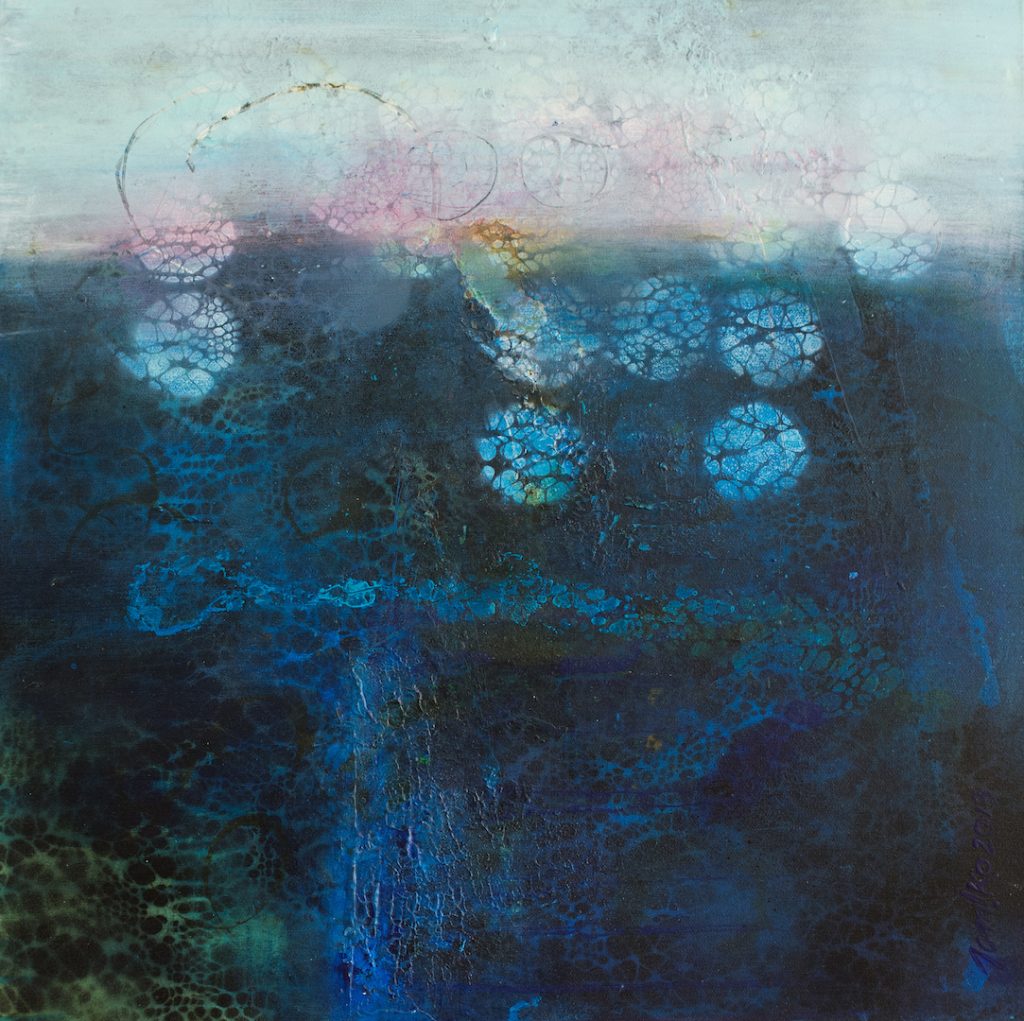
The fourth season of Motion is one of broadened horizons. While still retaining a key focus on those within Wolf Street as they continue to reconcile their own various challenges and developments, we will also expand our own perspectives by trailing the departures of last season and following them as they navigate a completely new facet of the larger dance world.
The game at hand is singular but, to mirror this change in perspective, the competitive spine through which it’s presented will be two-fold. For the internal, an international company tour in the hopes of winning a coveted award that has notoriously eluded Wolf Street throughout its history and for the external, the opportunity of working with an iconic musician on an upcoming global tour.
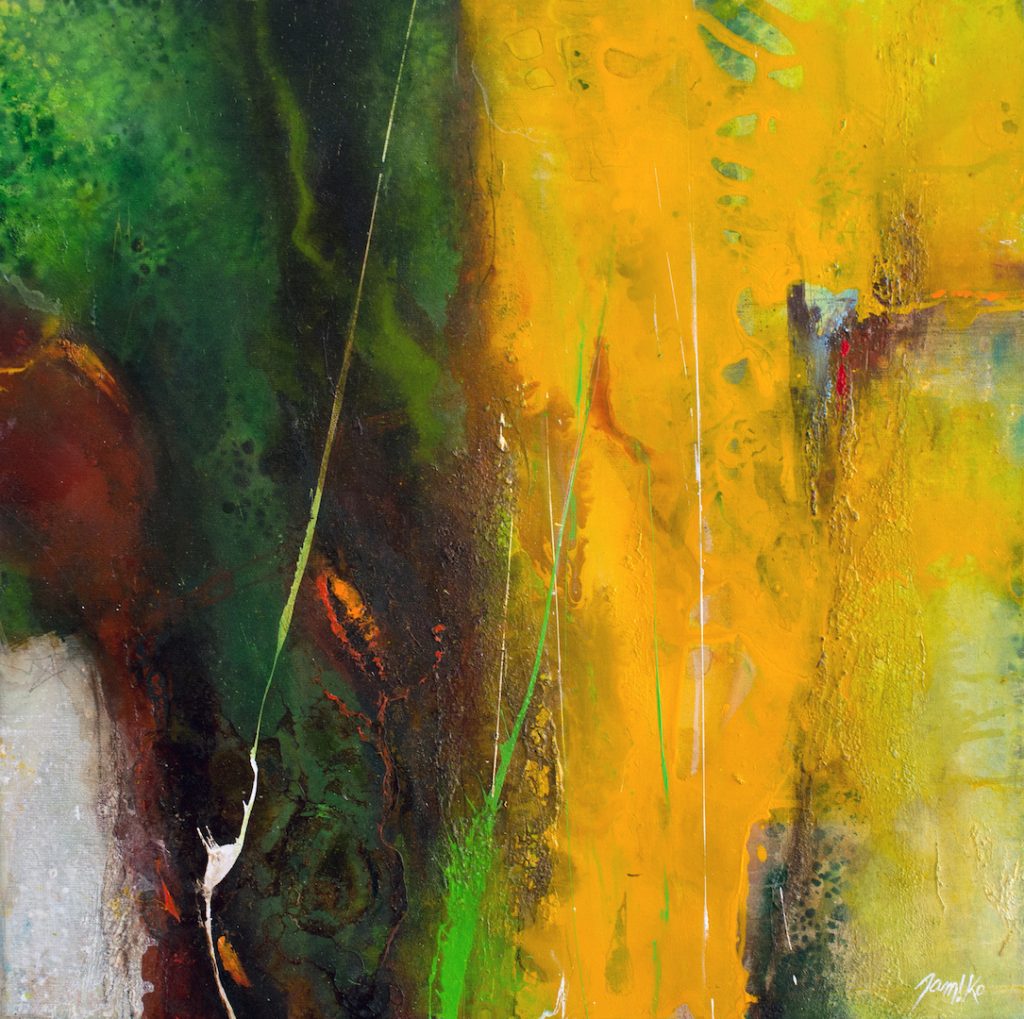
Season 5 – Winter to Spring
of Acceptance
of Time
of Wood
In our fifth and final season we will find that, while each of our characters have succeeded in attaining a degree of contentment with their positions and successes of pursuit, they still can’t help but feel like something is missing. Although there are no demands made on them outside of the day-to-day ones they have by now become accustomed to, each character will still have a vague sense that they are still in the throes of some kind of larger, unnamed competition. They will each, in their own way, try to discover what they believe it to be.
The Game at hand is nothing less than one of understanding and acceptance. Its challenge will come through the confrontation and grappling of the fact that while all roads lead to Rome, Rome doesn’t really exist. So what is one supposed to do then? How do you make peace with nothing less than nothing itself?
The final contest will take the shape of a hike up a mountain where the Waters of March flow by and down.
Why Now?
While Motion strives to portray its characters in a timeless human lens, confronting the nuanced complexities of not just surviving but living in a world with other people and constantly ticking clocks, it is a story meant to be told in this time, this specific moment of history.
From stone to bronze or middle to modern, the changing of an age was a relatively slow ordeal, a matter that has usually been settled over the course of centuries or even millennia. Today, however, these turnings occur in a matter of years. With an efficiency and strain of wealth never before seen in human history, we don’t so much jump our way across epochs as much as we leapfrog them, blazing not just from postindustrial to atomic, but from atomic to space to information all in the span of mere decades.
And don’t let it be assumed that these changes are simply detected with all the usual, vague generalities that have typically been associated with change on the macro, tectonic scale. Mirroring this contraction of time, these shifts are becoming increasingly felt on the micro, seismic level. We blink and there’s dial-up. Blink again, the iPhone. Before you can blink a third time, social media, AI, self-driving cars, virtual reality, all flickering before our eyes. With our minds five seconds behind us, we find ourselves somehow already caught five seconds ahead.
In this era, the only stability is the regularity of constant disruption. In this day, it is not just a matter of one thing, but almost every single thing all at once.
Reflecting this faster and shorter pace that serves to hallmark our contemporary age, Motion aims to address this underlying question of tempo and rhythm as a half-hour drama. Using a series structure where each season mirrors a single stage of larger universal cycles to tell the story of Quinn and Sena, our head and heart, our yin and yang, we will witness how Motion is not just a physical action but something fundamental to life in a time that can only be defined by change itself.
The only true death is stagnation so whether it is by shaking or shimmying, j’eté-ing or falling, twisting or turning, one must not dance because there is music, but rather one must Move because –
(Rome is burning and ain’t there just something about a fire), (it’s your turn, it’s your time), (they’re making you and you’re too scared to say no), (you secretly want to), (some asshole started a conga line and now it’s your problem), (you are alive and it is now), (you’re tired of thinking), (you’re tired of hurting), (your heart’s beating like a drum), (a million trains are crashing all at once and, somehow, you think you can almost make out a fucked up kind of rhythm), (it’s a slow dance and you love the yearning), (it’s good exercise and you’re so close to 10,000 steps), (this is your song), (it all feels so good), (someone did the fish hook move at you across the room and if you don’t respond in some way, any way, it could be the sin that tips the scales and sends you to hell when you die), (there’s nothing else to do), (there’s nothing better to do), (you are alive and it is now), (the wind is blowing and the stars are bright and for some reason you’re reminded of a painting you saw as a child and there’s no one you can tell because you’re alone with just the wind and the stars and you), (you don’t know what else to do with your arms), (you’re a tap-dancing mailman and you haven’t noticed the bus coming right for you), (someone you care for offered their hand and all they want to feel is a little closer to you), (everything ends with you),
(BECAUSE YOU ARE ALIVE AND IT IS NOW)
P.S.